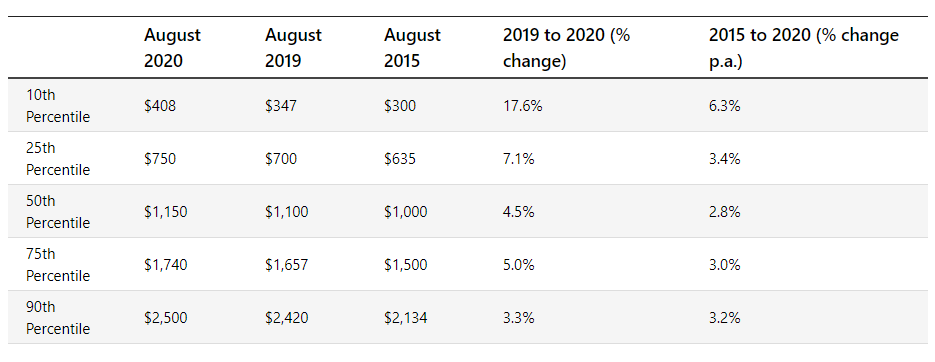Labor has called on the federal government to lift the pay floor on temporary ‘skilled’ visa holders, claiming that it is mugging Australians of job opportunities and contributing to the nation’s low wage growth:
Aussies are missing out on pay rises because employers are able to fill gaps with cheap overseas workers, according to the federal opposition who are crying out for government action.
Australian workers are being denied long-awaited pay rises because the minimum wage paid to temporary skilled migrants has been frozen for eight years, it is claimed.
Anyone working in Australia on a temporary skills visa must be paid at least $53,900, and analysis by Labor MPs Julian Hill and Daniel Mulino shows this led to a stagnation in wages overall because employers were able to fill gaps with cheap overseas workers.
Labourers, meat workers, technicians and care workers are among those who have not had pay rises since the temporary skilled migration income threshold was frozen when the coalition came to power in 2013…
Mr Hill [said]…it is clear that “the deliberate freezing of the minimum salary for temporary migrants has held back wages”…
“Labor believes that a properly designed skilled migration program which attracts genuinely highly skilled and properly paid workers can add to growth and demand without placing downwards pressure on wages, most importantly at the lower end of the labour market.”
Labor is 100% correct. The Temporary Skilled Migration Income Threshold (TSMIT) has been set at the ridiculously low level of $53,900. This TSMIT was $5,900 (10%) below the median income of all Australians in August 2020 ($59,800), which includes unskilled workers (see table).
Setting such a low TSMIT explicitly incentivises Australian businesses to hire low cost foreign workers instead of local workers, as well as abrogates their need to provide training.
That said, one wonders why Labor has also not questioned the permanent ‘skilled’ visa system, which also competes against local workers and lowers wages.
Most ‘skilled’ permanent migrants have gone into areas that are already oversupplied with workers, such as accounting, engineering or IT. Therefore, the visa system failed to alleviate actual skills shortages despite 15 years of endless mass immigration.
The actual pay rates of permanent ‘skilled’ migrants is also surprisingly low, suggesting most are working in lower-skilled and lower-paid jobs.
Evidence for this claim is contained in the Department of Home Affairs’ various Continuous Survey of Australia’s Migrants (CSAM) surveys, which compare the median full-time salaries of migrants 18 months after being granted a permanent visa against the general population. Summaries of past CSAM surveys are presented below.
CSAM 2018 (latest):

CSAM 2017:

CSAM 2016:

CSAM 2015:

As you can see, primary skilled permanent visa holders (~55% of the skilled stream intake) are typically paid around the same at the general population, whereas their migrating spouses (~45% of the skilled stream intake) are paid significantly worse than the general population. Permanent migrants overall also earn significantly less than the general population.
These results are noteworthy given the population median income includes unskilled workers, which obviously pulls the population median figure down. In fact, if skilled visa holders were compared only against skilled Australians, then the pay gap would be very large.
An obvious policy solution
The simplest solution to give integrity to Australia’s skilled visa system is to apply a pay floor equivalent to the 75th percentile of weekly earnings ($90,480 p.a. in 2020 – see above table) to both temporary and permanent skilled visa holders.
Doing so would ensure that Australian businesses can only hire foreign workers to fill highly skilled professions, while also eliminating the need for labour market testing or maintaining bogus Skilled Occupation Lists.
These simple reforms would maximise the economic benefits from skilled migration. Skilled local workers would no longer be undercut. Complexity of the visa system would be reduced. And lifting of the quality bar would reduce the overall level of immigration – both directly via having fewer skilled visa holders arrive and indirectly by making it harder for other temporary migrants (e.g. foreign students) to transition to a permanent skilled visa.
Labor should adopt these reforms as policy for the upcoming federal election.


